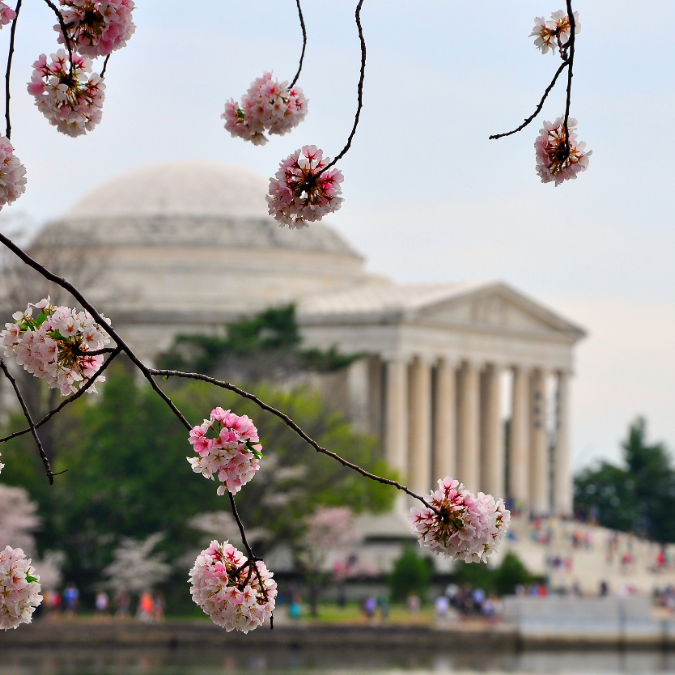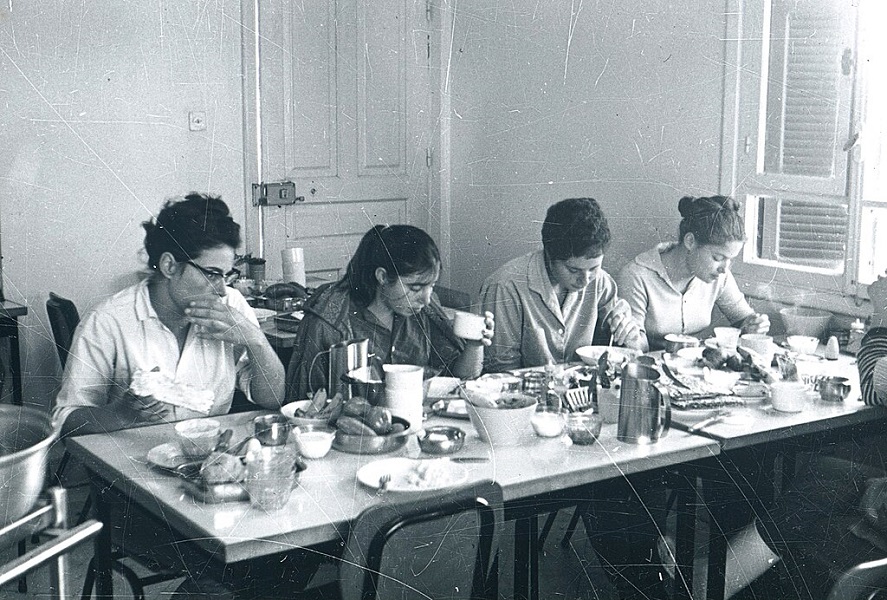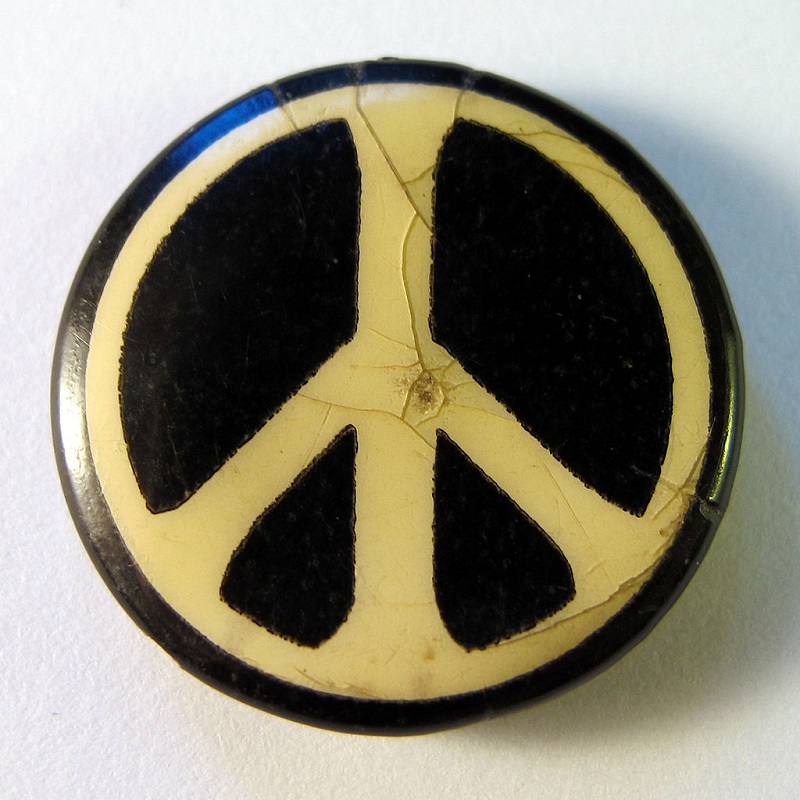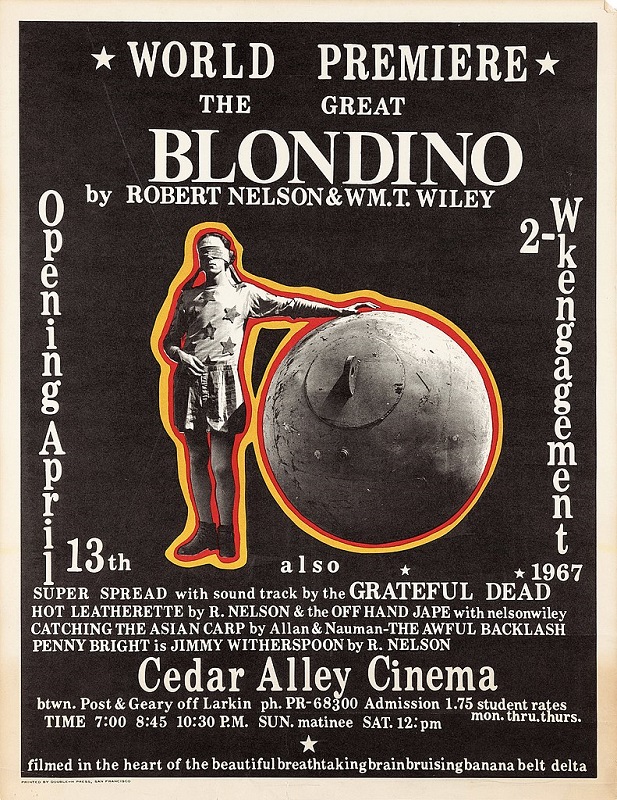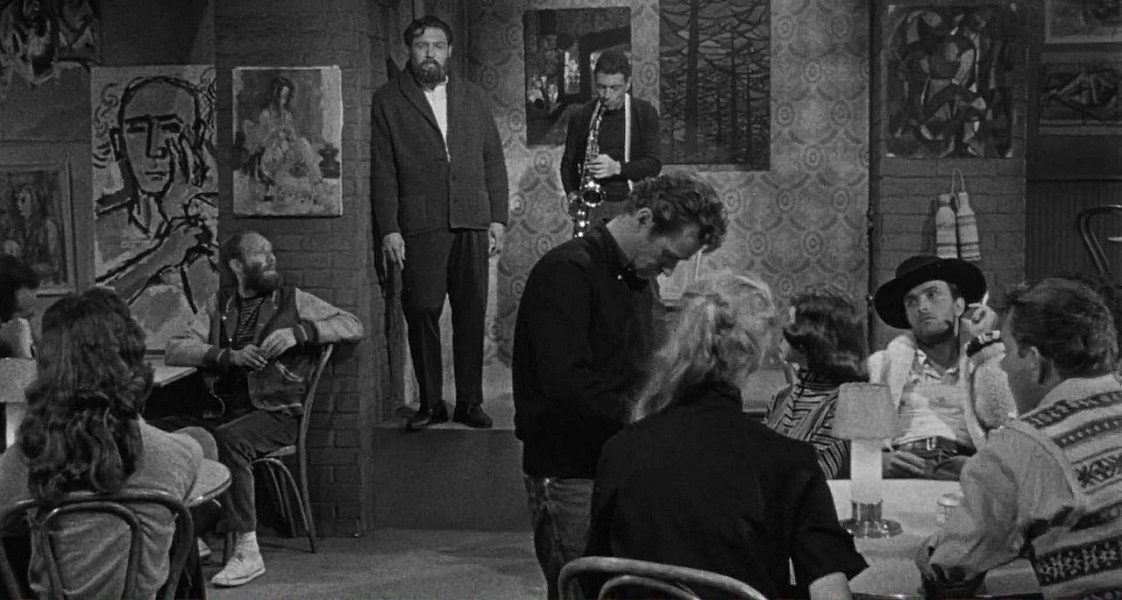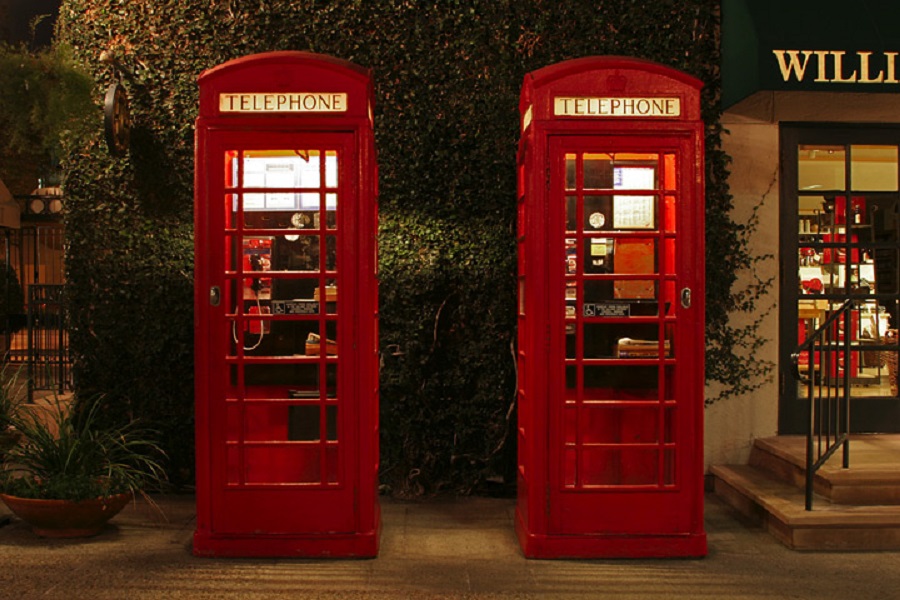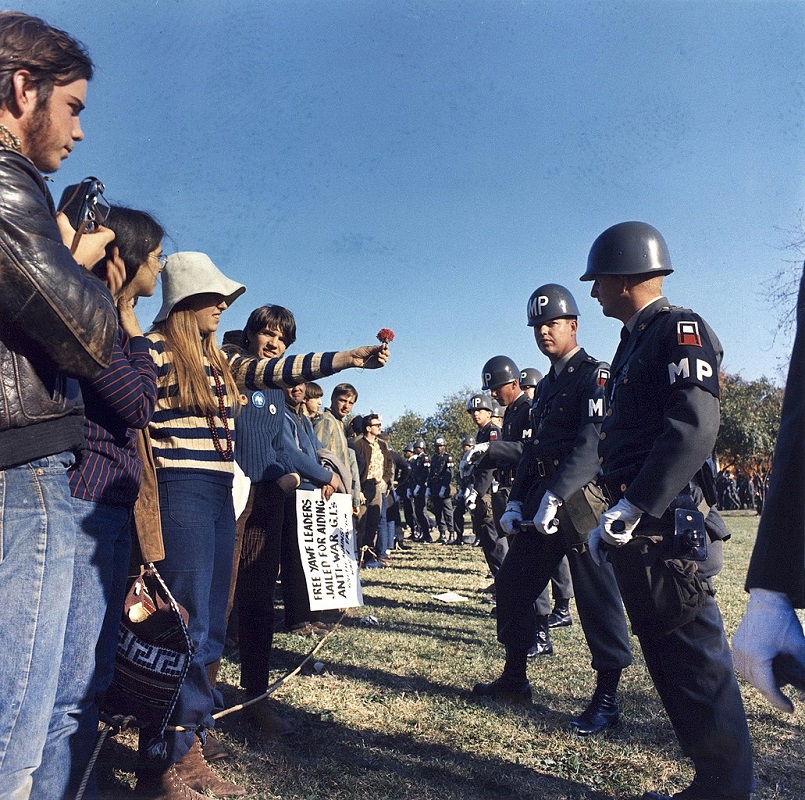America is a melting pot of cultures, each contributing its own unique traditions to the tapestry of American life. From coast to coast, there are countless customs and rituals that have stood the test of time, shaping the collective identity of the nation. Some of these traditions have been passed down for generations, serving as a link to the past and a celebration of heritage. Here are 14 of the longest-running traditions in America.
1. Thanksgiving
Dating back to the early 17th century, Thanksgiving is one of the oldest and most cherished traditions in America. Originating from the Pilgrims’ harvest feast with Native Americans, it is a day dedicated to giving thanks and sharing a bountiful meal with loved ones.
Another Thanksgiving tradition, the presidential turkey pardoning has been around since Harry Truman’s presidency. Also, the Macy’s Thanksgiving Day Parade has been a beloved tradition since 1924. Featuring giant balloons, floats, marching bands, and performances, it kicks off the holiday season with joy and spectacle.
2. Fourth of July
Independence Day, celebrated on July 4th, commemorates the adoption of the Declaration of Independence in 1776. Typically, it is marked by patriotic displays, fireworks, parades, and family gatherings across the country.
3. Presidential Inaugurations
The tradition of inaugurating a new president dates back to the nation’s founding. Every four years, on January 20th, or January 21st if the 20th falls on a Sunday, the incoming president takes the oath of office in a ceremony steeped in history and symbolism.
4. New Year’s Eve in Times Square
The iconic New Year’s Eve celebration in Times Square, New York City, has been a tradition since 1907. Altogether, millions gather to watch the famous ball drop at midnight, marking the start of the new year.
5. Groundhog Day
Every February 2nd, Punxsutawney Phil emerges from his burrow in Punxsutawney, Pennsylvania, to predict the weather for the coming weeks. Each year, Americans watch to see if Phil will see his shadow or not, signaling the coming of spring. This quirky tradition has been celebrated since the 19th century.
6. Competitive-Eating Competitions
Organized competitive-eating competitions have been a tradition in America since 1916. The tradition was started by Nathan’s, when it held its first hot dog-eating contest on Coney Island.
7. Boston Marathon
First run in 1897, the Boston Marathon is the world’s oldest annual marathon and one of the most prestigious. Held on Patriots’ Day, the third Monday in April, it attracts thousands of runners and spectators from around the world.
8. Kentucky Derby
Known as “The Most Exciting Two Minutes in Sports,” the Kentucky Derby is the longest-running continuously held sporting event in America. Since 1875, it has been held on the first Saturday in May at Churchill Downs in Louisville, Kentucky.
9. National Cherry Blossom Festival
The National Cherry Blossom Festival in Washington, D.C., commemorates the gift of cherry blossom trees from Japan in 1912. Every spring, the blossoms attract millions of visitors to the nation’s capital.
10. Rose Parade
The Tournament of Roses Parade, held annually in Pasadena, California, since 1890, is a New Year’s Day tradition known for its elaborate floats adorned with flowers and natural materials. Altogether, the parade spans 5 1/2 miles and features hundreds of floats, marching bands and equestrian units.
11. St. Patrick’s Day Parades
St. Patrick’s Day celebrations, including parades and festivities, have been held in cities across America since the 18th century. The largest parade is held in New York City, dating back to 1762.
12. State Fairs
State fairs have been a staple of American culture since the 19th century, showcasing agriculture, entertainment, food, and competitions. For example, the Iowa State Fair, first held in 1854, is one of the oldest and largest.
13. Thanksgiving Day Football
Football on Thanksgiving Day has been a tradition since the late 19th century. Today, NFL games and high school rivalries are played on Thanksgiving, bringing families together around the TV or on the field.
14. Mardi Gras
Mardi Gras was started by a French-Canadian explorer, Pierre Le Moyne d’Iberville, who arrived in what is now Mobile, Alabama, on Fat Tuesday, 1699. He named the location Point du Mardi Gras and is said to have thrown a large party. Today, Mardi Gras in celebrated in New Orleans because of the city’s French heritage.
Lasting American Traditions
Ultimately, these are just a few examples of the enduring traditions that have shaped American culture and society over the years. As times change and new customs emerge, these long-standing traditions continue to remind us of our shared history and values, connecting past, present, and future generations.
Read More
Comfort Zone or Stagnation? 13 Signs Your Marriage Needs a Wake-Up Call
60s Revolution to Evolution: 12 Cultural Trends That Didn’t Stand the Test of Time









